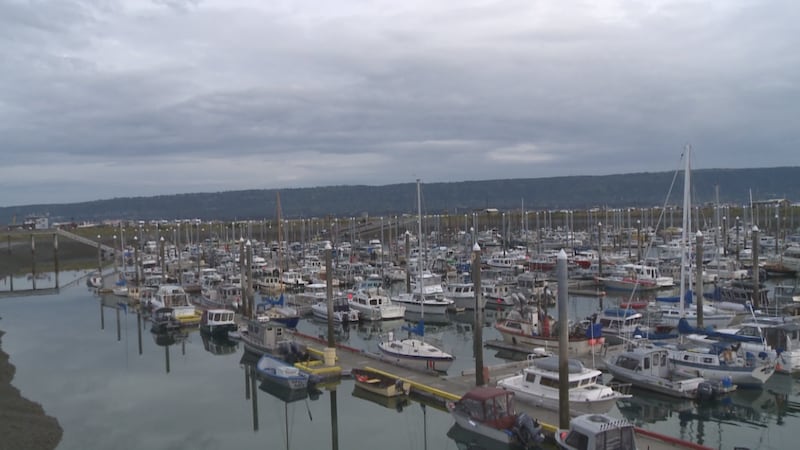Railroad bill has some residents concerned about Alaska trail projects
ANCHORAGE, Alaska (KTUU) - Over 100 people gave testimony on HB 136 last week, a bill discussing the use of railroad easements.
Many of those who testified were concerned about what the bill could mean for Anchorage walking and biking trails.
An original draft of HB 136 would allow property owners adjacent to a railroad easement to “use the property in a manner that does not unreasonably interfere with the corporation’s use of the property.”
Trail advocates were concerned that this could give private property owners greater ability to block trail projects alongside railroads, on the grounds that they could use the property.
“It’s one of those things where the threat was pretty broad and really would have, you know, opened the door for things to go wrong in a whole lot of ways that we can’t necessarily anticipate,” said Alexa Dobson, Executive Director of Bike Anchorage
One such project would connect the Fish Creek trail to the Tony Knowles Coastal trail by running alongside the railway.
The project has already received a little over a million dollars in federal funding. Advocates are hopeful to get the project across the finish line and begin construction in 2026, and HB 136 raised concerns that it might pose an obstacle to the use of the land.
“That’s really, you know, why we wanted to raise the alarm early and make sure that this trail system, this connection that is so needed and so supported by the community, doesn’t wind up in the middle of a dispute between the railroad and private property owners,” Dobson said.
Dobson and others feared that HB 136 might also jeopardize future projects, like the Alaska Long trail.
In a meeting of the House Transportation committee last Tuesday, the sponsor of the bill, Rep. Chuck Kopp, R-Anchorage, said that HB 136 does not affect public trails or public use of the right of way.
“House Bill 136 is about protecting an owners non-interfering use of their land underlying the easement and it reaffirms that property owners land who subject to the easement, is allowed to make use of that land such as lawns or gardens or crossings, as you heard in a way that does not unreasonably interfere with railroad,” Kopp said.
After hearing public testimony and further discussion in the transportation committee, the bill was amended so that it doesn’t “give land owners veto power,” according to Kopp.
In a phone conversation, Kopp said the intent was not to affect public use projects, but rather protect landowners who had previously been charged fees by the railroad for encroaching on the easements. In some cases, Kopp said those fees could be in excess of $1000.
Kopp also said he was pleased with the amended bill and feels it addresses the problem while not posing a threat to public use projects or trails.
The amendment eased the concerns of those who feared it would pose a challenge to trail projects, but another piece of legislation regarding railroads and trails, HB 142, has raised similar concerns. Dobson said HB 142 more specifically gives railroads the right-of-way in the case of public use projects.
“If there are other property owners who are enjoying that space as kind of an extension of their backyard, that’s great,” Dobson said. “But we don’t want that to be prioritized over uses that are going to benefit the whole community, so things like trail projects. So we’re kind of keeping an eye on that one as well.”
See a spelling or grammar error? Report it to web@ktuu.com
Copyright 2025 KTUU. All rights reserved.














